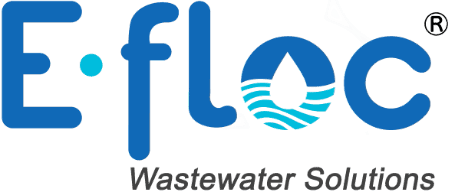The Science
Used to remove mostly organic and some inorganic materials from wastewater. This is very similar to the Electro-Precipitation and Electrocoagulation technology using the same patented reactor with special electrodes made from exotic materials that DO NOT SACRIFICE into solution called Dimensionally Stable Electrodes (DSE/DSA). These electrodes are designed to generate oxidizing gases, which then oxidize organics, as well as, support Direct Oxidation of organics in contact with the Anode surfaces.

Treatment Targets
- PFOS / PFOA (R & D)
- Ammonia
- Nitrates
- Biological Oxygen Demand (BOD)
- Chemical Oxygen Demand (COD)
- Total Organic Carbon (TOC)
- Soluble Hydrocarbons (BTEX/TPH/VOC)
- Bacteria, Viruses, Cysts
- Sulfides / H2S
What Is Replaced or Minimized?
- Biocides
- Disinfectants
- Oxidants
- Granular Activated Carbon (GAC)
- UV and Ozone
Benefits and Advantages Replacing Hazardous Chemicals
Electro-Oxidation is the treatment method of choice because of the many benefits and advantages over typical chemical systems, including:
- Reduces Operating and Maintenance Costs up to 20 times versus the use of chemicals for treating wastewater.
- Are non sacrificial plates. Plates do not have to be exchanged as in Electrocoagulation and Electro-Precipitation
- Only consumable is electricity
- Very Low Energy Consumption
- No Waste or Residual
- Consistent, Reliable Results
- Easily retrofits into existing infrastructure, so the E-FLOC® technology can be placed in the middle of a chemical system. All the same components of a chemical system are used, but the technology replaces the use of these chemicals for treating wastewater. Since this technology is the smallest footprint per flow on the market, not much space is needed.
- Does not increase dissolved solids, minimizing tertiary polishing O & M costs.



